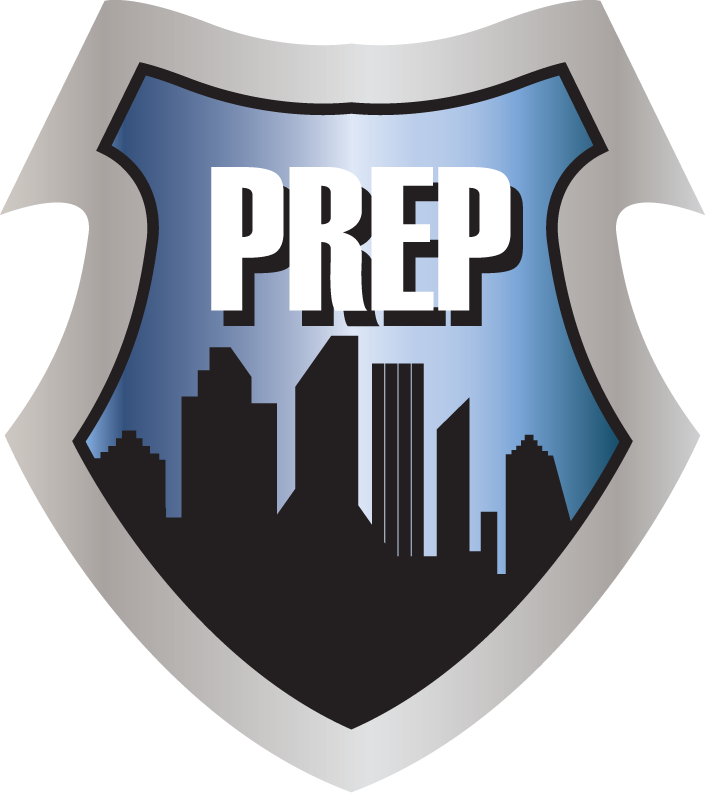Commercial Buildings Emergency Protocols
 Your procedures for handling emergency situations might be the difference between life and death, so having the right measures in place could be critical. It’s shocking to realize there are still 14,000 workers killed on average every year, even with all the knowledge we have. Many of these deaths are caused by workplace accidents, including malfunctioning machinery, but workplace deaths can also occur if the proper procedures for fire emergencies, floods, and other types of disasters are not in place.
Your procedures for handling emergency situations might be the difference between life and death, so having the right measures in place could be critical. It’s shocking to realize there are still 14,000 workers killed on average every year, even with all the knowledge we have. Many of these deaths are caused by workplace accidents, including malfunctioning machinery, but workplace deaths can also occur if the proper procedures for fire emergencies, floods, and other types of disasters are not in place.
Building owners and managers often think “that won’t happen to us,” but it’s almost always a case of “when,” not a matter of “if.” Almost all of these incidents can be prevented by building owners and managers, and they can recover quickly from disasters when they are properly prepared!
What constitutes a workplace emergency?
Since it’s difficult to identify what constitutes a real emergency, other than the fact that it presents a danger to the health or well-being of the people inside of a building, we can’t easily provide a detailed list. It can, however, be manmade, such as terrorism or an active shooter, or it can be a natural disaster or human error, such as mechanical failure – (such as a damaged sprinkler head putting 600 gallons of water a minute into the building). Some situations may require evacuation of the building, while others may simply require the people inside stay inside for the duration of an emergency.
Create Evacuation and Coordination Measures.
- Good information matters. Communication between appropriate people can be key to the proper handling of an emergency situation. There should be a specifically designated group of people, preferably with each to a specific floor of a building, who are responsible for both directing and dispensing any information that is relevant to the situation.
- Training and Education is important. Having the proper training and education for the those inside the building regarding the various protocols and procedures in place, is a must. Having the best laid plans suggests very little if they can’t be followed under stressful circumstances. Written documentation on protocols should be readily available, and awareness of how to access them should also be provided.
- Evacuation can save lives. Proper evacuation procedures and planning can be the difference between being overwhelmed by smoke, or safely exiting a building. Make sure that evacuation procedures are in place well in advance of any disaster, and that they are coordinated by designated, trained employees on staff.
How can employees help?
Be sure to keep lines of communication open at all times, including being approachable for information, encouraging employees to sign up for safety training, and answering any questions they might have about procedures. Curiosity is a very good thing in this case, and part of your job as a building manager or owner is to foster knowledge and understanding of the best ways to stay safe. Remember: The more informed the people inside are, the calmer they may be when disaster strikes.
Quick Recovery after a disaster!
A Priority Response Emergency Plan (PREP) could be the best recovery program you implement. If you don’t already have one, a pre-disaster plan should be put in place to assist with the quick recovery of operations when disaster does strike. A PREP Certified™ contractor can provide a detailed and comprehensive pre-disaster plan. The good news is Water Extraction Team will provide a PREP program to you at no charge.





